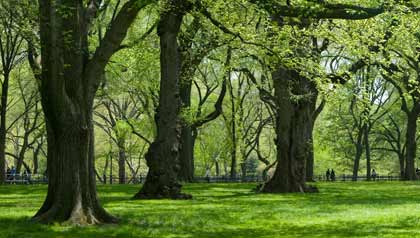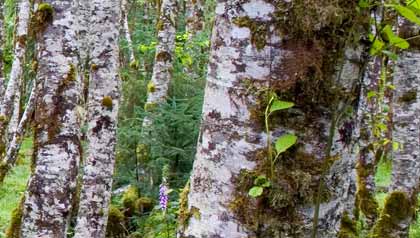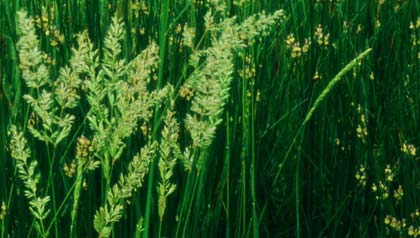AARP Hearing Center
In the spring, trees are the primary source of airborne pollen. During the summer, grasses take the lead role, followed in the late summer and fall by weed pollen, including the dreaded ragweed.
The following five plants are among the worst offenders when it comes to spring allergies. Why? Because they rely on wind, not on insects, to disperse pollen. As a result, they produce a lot of it to increase the chances that grains will reach and fertilize a female flower.
Of course, all that airborne pollen also means more of it is likely to reach your nose and eyes. Read "10 Tips to Reduce Your Exposure" for ways to manage spring allergies.


Mountain Cedar and Eastern Red Cedar
"There are vast populations in central Texas, literally hundreds of thousands of acres are covered with mountain cedar trees. It is a major, major allergen there," says Estelle Levetin, chair of the Aerobiology Committee of the American Academy of Allergy, Asthma & Immunology and professor of biology at the University of Tulsa. The severity of cedar allergies in that region has spawned a movement, "People Against Cedars," to control the spread of the tree. If you live on the East Coast, you may be sensitive to its close relative, the Eastern red cedar (pictured above).
When does it peak? Mountain cedar: December through March; Eastern red cedar: February through April
Where does it grow? Mountain cedar grows in rocky, dry soil in the Southwestern United States (mainly Texas, southern Oklahoma, Arkansas and northern Mexico). Eastern red cedar prefers moist soils and can be found in states on the East Coast and in the Midwest.


Oak
The oak's hanging catkins, tassel-like appendages that are a few inches long, bear clusters of male flowers. Once these flowers disperse pollen, the catkins fall off the tree — you may have seen them on the sidewalk or piled up on your car's windshield in the spring. Pollen from the catkins fertilizes the oak's female flower to produce acorns. If you're allergic to oak, you may also be sensitive to beech, birch and alder trees, which are in the same family.
When does it peak? February through May
Where does it grow? Throughout the United States





































































More From AARP
7 Ways to Treat Your Allergies as Pollen Counts Rise
Climate change is making allergy season longer and more severe
Is It an Allergy, a Cold or Something Worse?
How to figure out what's behind your sniffles and sneezes